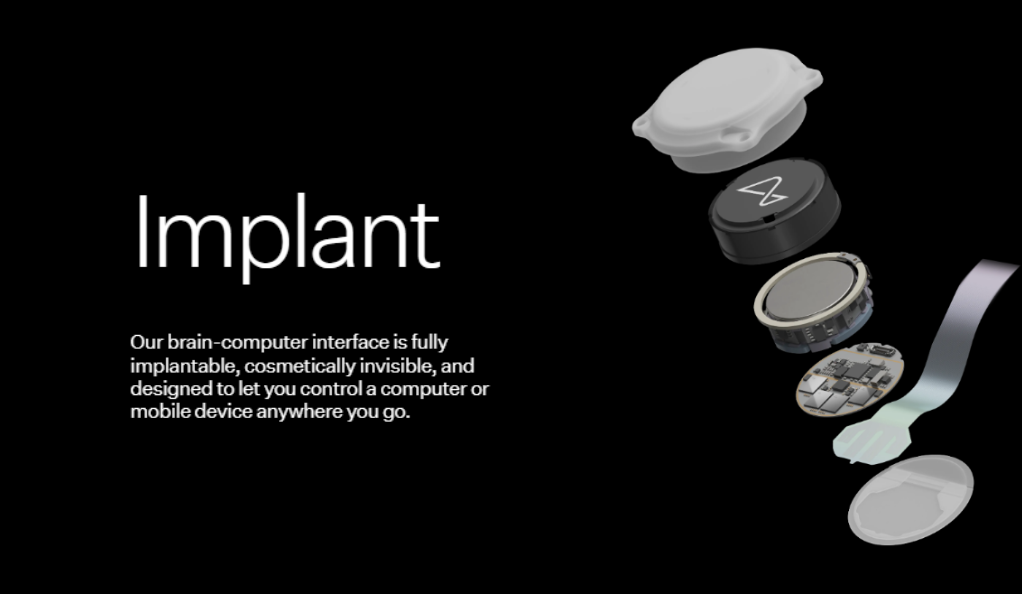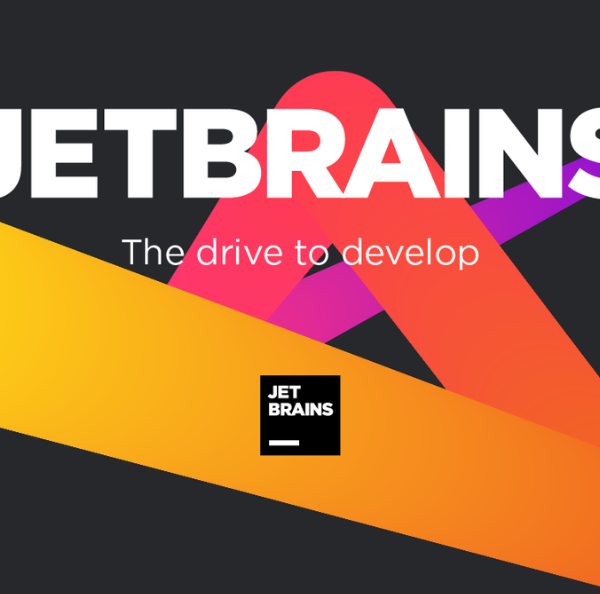Neuralink’s Progress: Bridging the Human Brain with Computers
Neuralink stands as a beacon at the confluence of biology and technology. Founded by Elon Musk, this venture is not just another tech startup; it’s the crystallization of human ambition to merge with technology. Musk’s vision, combined with a team of neuroscientists and engineers, seeks to elevate humanity’s relationship with machines to an unprecedented level.
The promise of merging mind and machine has always fascinated humanity, and Neuralink’s mission aims to turn this vision into reality. While many have portrayed this fusion in the realms of fiction, Neuralink works tirelessly behind the scenes to make it feasible. Bridging the gap between human cognition and digital prowess, Neuralink could redefine our understanding of both realms.
Contents
- Why Neural Interfaces? Understanding the Rationale
- The Genesis of Neuralink
- The Technology Behind Neuralink: How Does It Work?
- Achievements and Milestones
- Therapeutic Implications
- Ethical Considerations and Challenges
- Competitors and the Future Landscape
- Preparing for the Future: What’s Next for Neuralink?
- Conclusion
- FAQs
Why Neural Interfaces? Understanding the Rationale
The human brain, with its billions of neurons, is a marvel of evolution. However, as impressive as it is, it has its limitations. Memory, processing speed, and multitasking can sometimes falter, especially when compared to modern computers. Neural interfaces aren’t just about making up for these limitations but enhancing and augmenting our innate capabilities.
Imagine being able to access any piece of information at the speed of thought, or communicate without words but through pure thought. This could be the future with Neuralink. Such interfaces would not just amplify cognitive abilities but could also ensure that humans remain at the forefront of technological evolution, rather than becoming obsolete.

The Genesis of Neuralink
The story of Neuralink is deeply rooted in Elon Musk’s concerns about the unchecked progress of artificial intelligence. Fearing that AI might surpass human capabilities, Musk envisioned a symbiotic relationship where humans could benefit from AI’s growth. Neuralink, thus, was not born solely as a business idea, but as a survival strategy for humanity.
Neuralink’s vision goes beyond just matching AI; it’s about ensuring that humans can harness the power of AI seamlessly. By establishing a direct link between the brain and computers, Neuralink hopes to level the playing field, ensuring humans aren’t left behind in the AI revolution.
The Technology Behind Neuralink: How Does It Work?
Central to Neuralink’s operations is the brain-machine interface (BMI), which is essentially a network of ultra-fine threads laced with electrodes. These threads are strategically placed within the brain’s cortex, capturing neural activity and translating it into machine-readable data. The elegance of this system lies in its simplicity and potential for scalability.
The development journey hasn’t been without challenges. Ensuring biocompatibility, optimizing data transmission rates, and developing minimally invasive implantation techniques are just a few hurdles Neuralink has been navigating. However, with each prototype and iteration, they edge closer to creating a seamless bridge between the brain and external devices.

Achievements and Milestones
Neuralink’s public demonstrations have been nothing short of groundbreaking. When Gertrude, a pig, showcased the workings of a Neuralink chip in real-time, it wasn’t just a technological display but a statement of what’s achievable. This real-world implementation gave a tangible glimpse into Neuralink’s progress and commitment.
With each demonstration and clinical trial, Neuralink has progressively scaled its ambitions. From initial goals of treating neurological conditions, they now envision a world where humans can interact with technology seamlessly. Each milestone reached signifies not just a technological achievement but a step closer to reshaping human potential.
Therapeutic Implications
Neuralink’s therapeutic potential is immense. Neurological conditions like Parkinson’s, which are characterized by abnormal neural activity, could be managed or even treated using Neuralink’s technology. By modulating or stimulating certain neural pathways, symptoms could be alleviated.
Furthermore, conditions like epilepsy, which are due to aberrant neural firing, might be predictably managed with Neuralink’s real-time monitoring and intervention capabilities. This blend of diagnostic and therapeutic possibilities signifies a paradigm shift in neurology, offering hope to millions suffering from chronic conditions.
Ethical Considerations and Challenges
The journey of integrating technology within the human brain is riddled with ethical questions. One primary concern is privacy. When our very thoughts can be read and interpreted by machines, what becomes of personal privacy? Furthermore, the potential for hacking or misuse of such technology could have profound personal and societal implications.
Beyond privacy, there’s the philosophical debate about human identity. With enhanced cognitive capabilities and potential changes in behavior, where do we draw the line between man and machine? These and many more ethical considerations will shape the narrative and acceptance of Neuralink’s technologies in the coming years.
Competitors and the Future Landscape
While Neuralink is arguably the most talked-about, several companies are venturing into the neural interface domain. The landscape is vibrant, with startups and established firms alike pushing the envelope of what’s possible. This competition, while challenging for individual companies, augments the pace of overall progress.
Entities like Kernel and Facebook’s Building 8 have hinted at their ambitions in this arena. With multiple players innovating, we can expect a future replete with diverse neural interface technologies, each with its unique offerings and advantages.
Preparing for the Future: What’s Next for Neuralink?
As Neuralink surges forward, it continually refines its technology, aiming for more comprehensive applications and improved biocompatibility. The roadmap is dynamic, driven by both technological advancements and emerging understanding of the human brain.
Human trials will play a crucial role in the near future. These trials will not only test the safety and efficacy of the technology but will also provide invaluable insights into its real-world applications and implications. The journey is long, but the potential rewards are transformative.
Conclusion
Neuralink stands at the forefront of a revolution. Its vision transcends mere technological progress, hinting at a future where humans and machines are intertwined in an intricate dance of mutual growth. While challenges abound, the promise of a new era — one where our biological limitations are augmented by digital prowess — is tantalizingly close.
FAQs
Neuralink’s overarching mission is to enable seamless communication between the human brain and external devices. While the immediate applications are seen in therapeutic interventions for neurological conditions, the long-term vision encompasses elevating human cognition by harnessing the power of technology. This symbiosis aims to ensure humans remain relevant and integral in the age of burgeoning AI.
Safety is paramount for Neuralink. The technology, while promising, is still undergoing rigorous testing and development. Preclinical trials on animals and initial tests on humans aim to ensure biocompatibility and minimal adverse effects. It’s essential to understand that before widespread commercial adoption, Neuralink will undergo a series of regulatory approvals, further ensuring its safety.
The Neuralink chip is designed with cutting-edge technology that allows for wireless power. This means there’s no need for any protruding wires or batteries directly connected to the brain. Such a design ensures minimal invasiveness while providing continuous operation. As technology progresses, we can expect even more efficient and long-lasting power solutions.
Predicting an exact timeline is challenging due to the complexities involved in developing such a novel technology. Neuralink is currently in its research and development phase, with human trials on the horizon. Once these trials are successful and regulatory bodies give the nod, commercial availability will follow. However, this process could take several years.
The concept of uploading consciousness is a profound and speculative one. Neuralink’s immediate goals are focused on enhancing cognitive abilities and offering therapeutic solutions for neurological issues. While the technology might pave the way for deeper brain-computer integration in the future, the idea of “uploading consciousness” remains a philosophical and scientific question that is far from being answered or realized.
At bstash.io, our mission is to offer impartial and dependable information on cryptocurrency, finance, trading, and stocks. Nevertheless, we are unable to offer financial guidance and encourage users to conduct their own research and thorough investigations.
Read MoreNeuralink stands at the vanguard of technology, bridging the chasm between human cognition and digital prowess. Discover its milestones, challenges, and the possibilities it heralds for our interconnected future.






